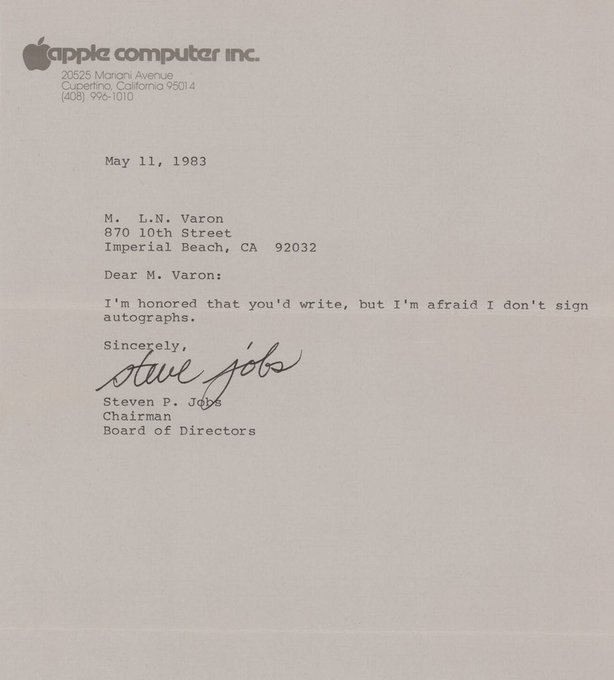She was locked in her bedroom for 25 years for falling in love

Gina DeMuro writes for All That's Interesting: "In May 1901, the attorney general of Paris received a strange letter declaring that a prominent family in the city was keeping a dirty secret. The wealthy family had a spotless reputation. Madam Monnier was known in Parisian society for her charitable works, and her son was a respectable lawyer. The Monniers had also had a beautiful young daughter, Blanche, but no one had seen her in close to 25 years. Described by acquaintances as “very gentle and good-natured,” the young socialite had simply vanished in the prime of her youth. The police made a search of the estate and did not come across anything out of the ordinary until they noticed an odor coming from one of the upstairs rooms."
Nancy Grace Roman: The life and legacy of a NASA star

Known as the “mother of the Hubble,” Dr. Roman was the first chief of astronomy at NASA and the first woman to hold an executive position there. She was instrumental in making the Hubble Space Telescope a reality. In addition to her trailblazing accomplishments, Dr. Roman left a legacy for future generations. In 2019, AAUW received a generous bequest from Nancy’s estate to ensure more girls and women can pursue scientific careers, particularly in engineering and the physical sciences. “I was told by many people that a woman could not be an astronomer,” Dr. Roman said when she was honored at the 2016 National Conference for College Women Student Leaders. “I’m glad I ignored them.”
This Dutch suburb boasts the world’s most unusual neighborhood design

From Tim Nelson at Architectural Digest: "As you wind your way through The Netherlands’ extensive network of canals, you’ll float by a whole lot of noteworthy buildings spanning from exemplars of low-country Renaissance style to architectural manifestations of modernism and the early 20th century’s De Stijl movement. Yet, for all the diversity that is Dutch design, few examples of it have inspired curiosity quite like an odd collection of concrete orbs found in one neighborhood of s-Hertogenbosch (colloquially known as Den Bosch). Though the buildings in the area may look like golf balls when viewed from the air, these Bolwoningen (“bulb houses”) are functional—albeit cramped—homes."
Balloons in stratosphere record mysterious sounds of ‘completely unknown’ origin

From Vishwan Sankaram for The Independent: "Large 6-7-metre-long balloons were sent to the stratosphere – the relatively calm layer of Earth’s atmosphere which is rarely disturbed by planes or turbulence – by researchers, including Daniel Bowman of Sandia National Laboratories in the US. In this layer of the Earth’s outer atmosphere, scientific instruments on balloons can pick up a range of sounds that are unheard elsewhere, including the natural sounds of colliding ocean waves and thunder, as well as human-made ones like wind turbines or explosions. Researchers reported in a presentation at the Acoustical Society of America that they also managed to record strange sounds that could not be identified.“There are mysterious infrasound signals that occur a few times per hour on some flights, but the source of these is completely unknown,” Dr Bowman said.
The untold story of the boldest supply-chain hack ever

By Kim Zetter for Wired magazine: "Steve Adair wasn't too rattled at first. It was late 2019, and Adair, the president of the security firm Volexity, was investigating a digital security breach at an American think tank. Adair figured he and his team would rout the attackers quickly and be done with the case—until they noticed something strange. A second group of hackers was active in the think tank’s network. They were going after email, making copies and sending them to an outside server. Adair and his colleagues dubbed the second gang of thieves “Dark Halo” and booted them from the network. But soon they were back. As it turned out, the hackers had planted a backdoor on the network three years earlier—code that opened a secret portal, allowing them to enter whenever they wished."
How much is a smidgen?

From Claire Cock-Starkey for Lapham's Quarterly: "In evidence given to Parliament’s 1862 Select Committee on Weights and Measures, a Mr. Greenall remarked on the extraordinary number of different historical weights and measures in use at that time across Britain, listing the grain, dram, drop, ounce, pound, stone, score, ton; the wool measure of clove, tod, wey, pack, sack or last; the straw measure of truss and load; the draper’s measure of inch, nail, ell and yard; the long measure and land measure of line, size, hand, foot, palm, span, pace, step, link, knot, rood, hide, rod, pole or perch, fall, chain, mile and league; plus various other scales of measurement including the strike, peck, pot, gill, pint, quart, tierce, boll, coomb, pipe, butt, tun, and score. This impressive array of measurements not only shows the plethora of competing and coexisting weights and measures in Britain but also reveals the innate human desire to create order."
How Steve Jobs replied to a request for his autograph
via Jon Erlichman on Twitter




